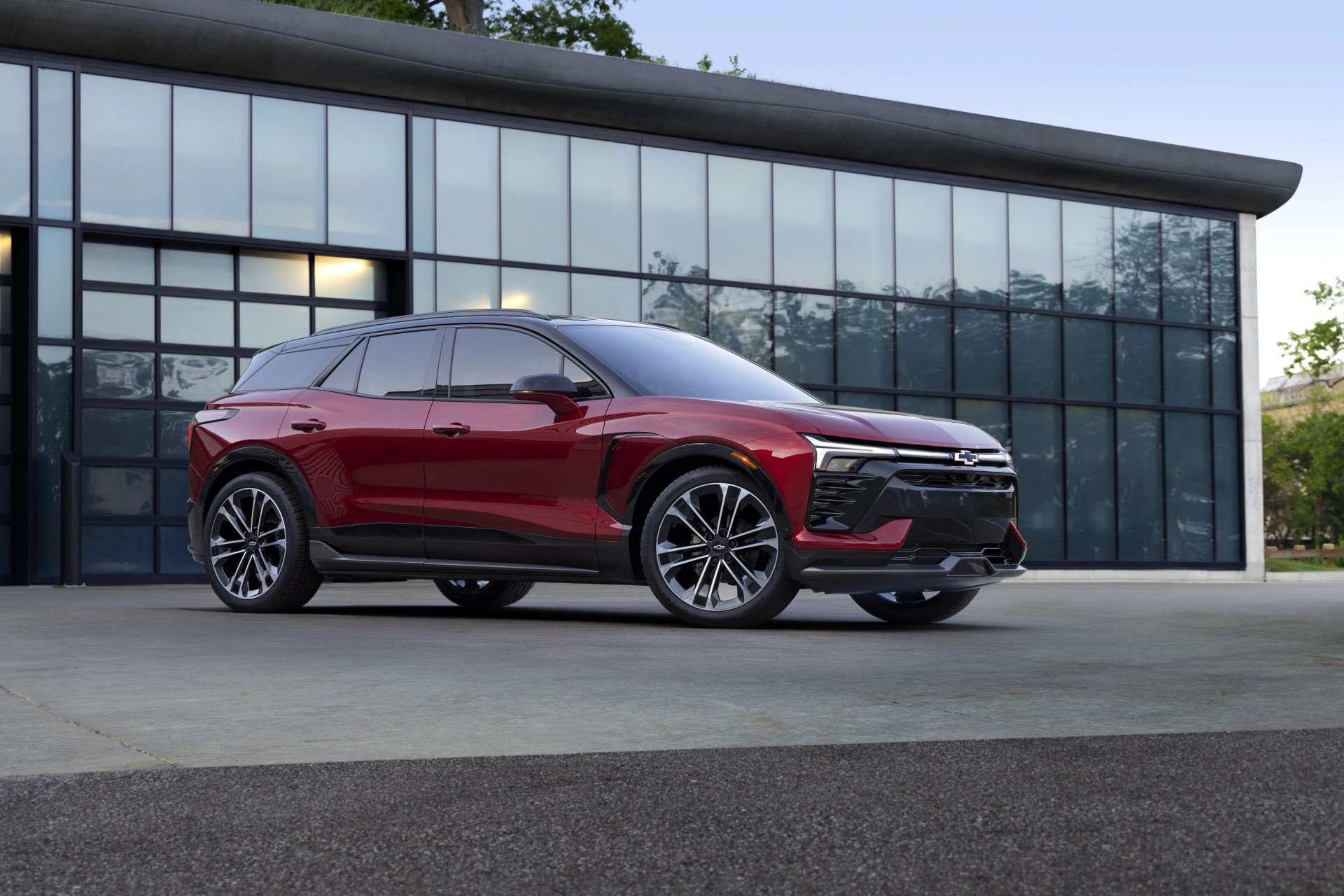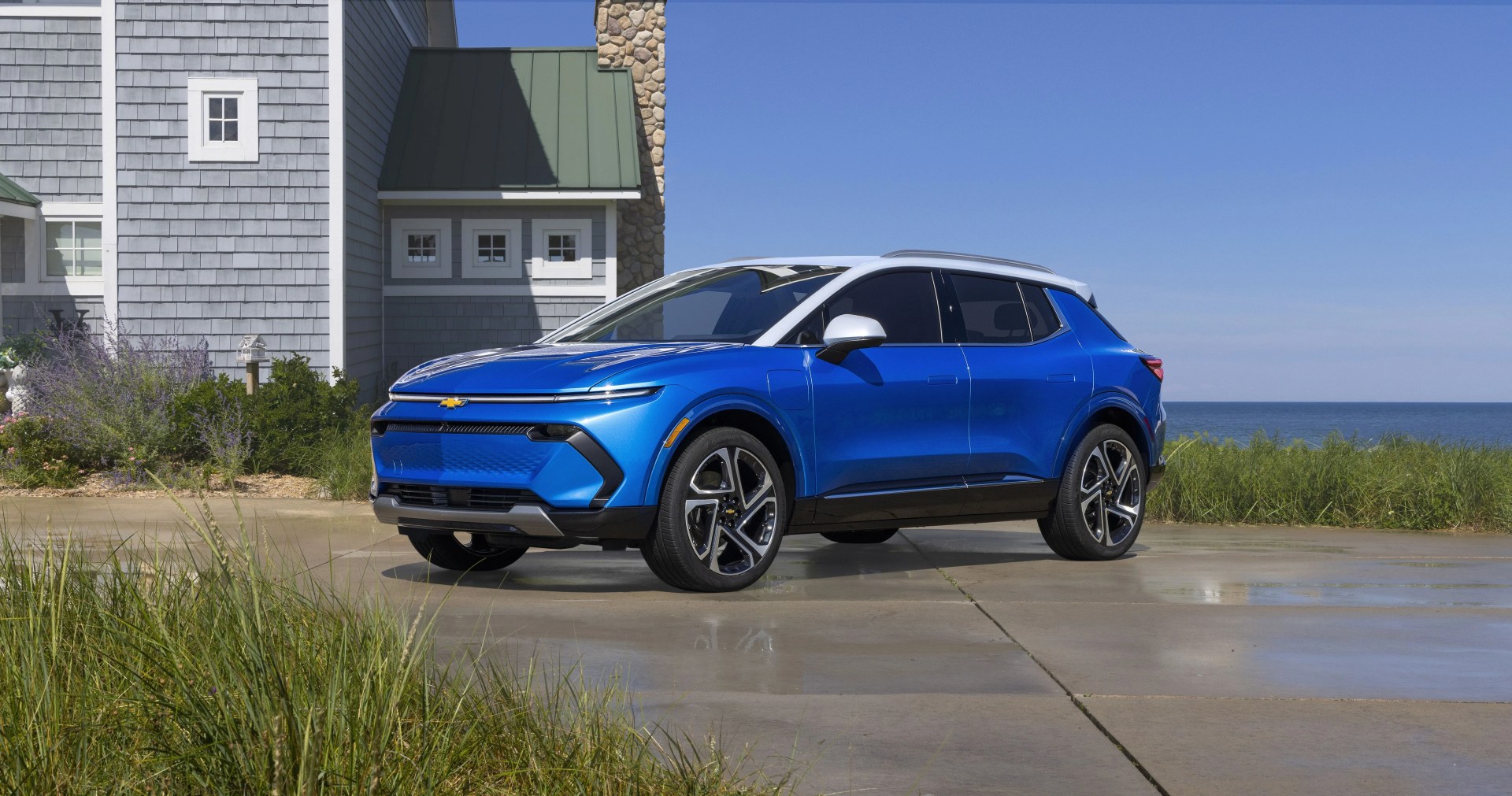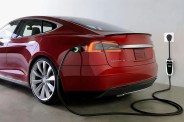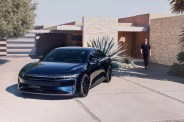We’ve seen a lot of headlines in recent weeks about how electric vehicle demand is flagging and forcing manufacturers to scale back production plans. The lack of charging infrastructure has been blamed — as have the vehicles’ designs, in some cases. Some have gone as far as blaming political polarization for sales not rising as expected by automakers and analysits alike.
But the reality is there’s a simple — and unfortunately, probably intractable in the short term — issue pushing otherwise amenable buyers away from EVs. To put it in one-syllable words: They cost too damn much.
EVs are priced outrageously for what you get
Let’s look at General Motors, for starters. The first EV on the Ultium platform was the GMC Hummer EV — a “moonshot” that was supposed to whet initial early adopters’ appetite for an EV while also offering a super-cool vehicle with broader American appeal. In practice, though, what it emphasized for buyers was that EVs were going to cost well over $100,000 … and have a waiting list so long, manufacturers wouldn’t let you join it.
Of course, that was supposed to be the lead-off effort, a halo vehicle with technology that would trickle down to more affordable models. So, how is the democratization of Ultium technology going? Well, Chevy is just now rolling out the Blazer EV. The absolute base LT model starts at $56,715 … for a midsize five-passenger Chevrolet.
Meanwhile, Chevy’s smaller Equinox EV — once billed as starting around $30,000 — will start at $34,995 … at least, when it eventually goes on sale. The only trim available at the start is the 2RS, which starts around $53,000 if you want all-wheel-drive (which most crossover buyers do). All while Chevy is killing off its affordable EVs, the Bolt and Bolt EUV; the brand has vowed they will return, but pricing and specs remain to be seen.


Ford, meanwhile, is in the midst of responding to tanking demand for the electric F-150 Lightning. The most probable reason for that drop-off: earlier in 2023, Ford jacked the base price of the truck by around $20,000. So the barebones Pro model with 230 miles of range was starting above $60,000, after beginning at a little more than $40,000 just two years earlier at launch. Prices have been reduced since (at least temporarily), but we’re still at the point where a reasonably equipped F-150 Lightning starting just under $70,000 is considered a deal.







